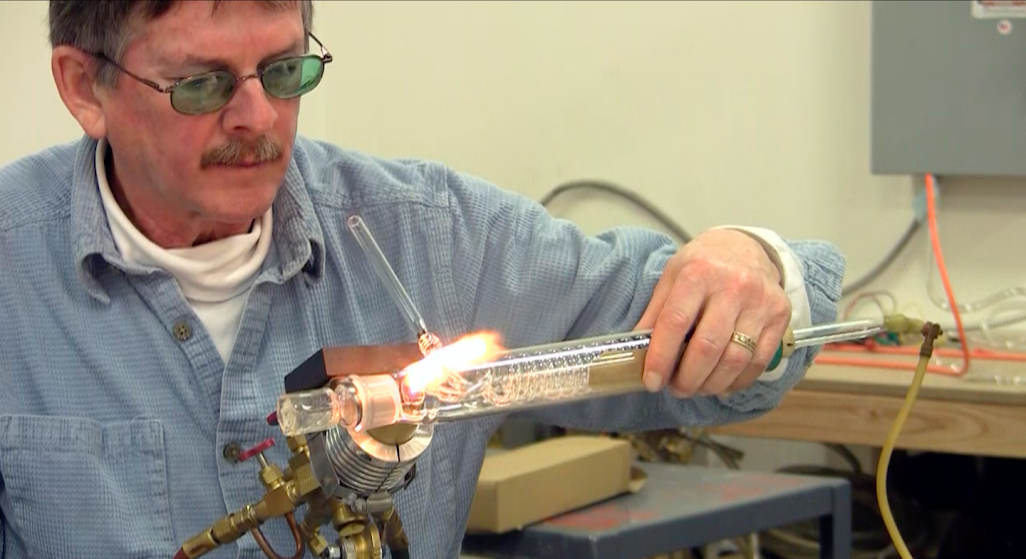VIDEO: Looking behind the glass
Artists, scientists and engineers mix creativity with technique to master the mysterious properties of glass
Hanneke Weitering • November 3, 2015

When asked to list objects made of glass, the first items we often think of are wine glasses, windows, mirrors or spectacles. However, glass has led to the creation of some of the greatest scientific inventions in history. Scientific glassblowers work directly with engineers, chemists and scientists to create everything from solar panels, microscopes and CAT scan machines. In order to craft a diversity of shapes, glassblowers must learn to work with the spontaneous material. According to scientists, glass is an amorphous solid — a mesh of disordered atomic bonds that contrasts the uniform lattice structure of crystals and the free-floating molecules of liquids. This property makes glass a unique medium to work with for scientists, artists and scientific glassblowers alike. In the video below, we visit a troupe of glassblowers at work at UrbanGlass, an open-access art and glassblowing studio.
Video produced by Hanneke Weitering and Lauren J. Young.
1 Comment
Great video!!! My teacher Loyd Moore did I not see the difference between artist glass and scientific glass. I followed in his footsteps. I have offen been blocked out of the scientific glass world because I do art glass and blocked out of the art world because I do scientific glass. Maybe now it is time to bring them back together again. Thank you.